Ruocheng Guo
STAR-Rec: Making Peace with Length Variance and Pattern Diversity in Sequential Recommendation
May 06, 2025Abstract:Recent deep sequential recommendation models often struggle to effectively model key characteristics of user behaviors, particularly in handling sequence length variations and capturing diverse interaction patterns. We propose STAR-Rec, a novel architecture that synergistically combines preference-aware attention and state-space modeling through a sequence-level mixture-of-experts framework. STAR-Rec addresses these challenges by: (1) employing preference-aware attention to capture both inherently similar item relationships and diverse preferences, (2) utilizing state-space modeling to efficiently process variable-length sequences with linear complexity, and (3) incorporating a mixture-of-experts component that adaptively routes different behavioral patterns to specialized experts, handling both focused category-specific browsing and diverse category exploration patterns. We theoretically demonstrate how the state space model and attention mechanisms can be naturally unified in recommendation scenarios, where SSM captures temporal dynamics through state compression while attention models both similar and diverse item relationships. Extensive experiments on four real-world datasets demonstrate that STAR-Rec consistently outperforms state-of-the-art sequential recommendation methods, particularly in scenarios involving diverse user behaviors and varying sequence lengths.
Identification and Estimation of Long-Term Treatment Effects with Monotone Missing
Apr 28, 2025Abstract:Estimating long-term treatment effects has a wide range of applications in various domains. A key feature in this context is that collecting long-term outcomes typically involves a multi-stage process and is subject to monotone missing, where individuals missing at an earlier stage remain missing at subsequent stages. Despite its prevalence, monotone missing has been rarely explored in previous studies on estimating long-term treatment effects. In this paper, we address this gap by introducing the sequential missingness assumption for identification. We propose three novel estimation methods, including inverse probability weighting, sequential regression imputation, and sequential marginal structural model (SeqMSM). Considering that the SeqMSM method may suffer from high variance due to severe data sparsity caused by monotone missing, we further propose a novel balancing-enhanced approach, BalanceNet, to improve the stability and accuracy of the estimation methods. Extensive experiments on two widely used benchmark datasets demonstrate the effectiveness of our proposed methods.
Learning Counterfactual Outcomes Under Rank Preservation
Feb 10, 2025Abstract:Counterfactual inference aims to estimate the counterfactual outcome at the individual level given knowledge of an observed treatment and the factual outcome, with broad applications in fields such as epidemiology, econometrics, and management science. Previous methods rely on a known structural causal model (SCM) or assume the homogeneity of the exogenous variable and strict monotonicity between the outcome and exogenous variable. In this paper, we propose a principled approach for identifying and estimating the counterfactual outcome. We first introduce a simple and intuitive rank preservation assumption to identify the counterfactual outcome without relying on a known structural causal model. Building on this, we propose a novel ideal loss for theoretically unbiased learning of the counterfactual outcome and further develop a kernel-based estimator for its empirical estimation. Our theoretical analysis shows that the rank preservation assumption is not stronger than the homogeneity and strict monotonicity assumptions, and shows that the proposed ideal loss is convex, and the proposed estimator is unbiased. Extensive semi-synthetic and real-world experiments are conducted to demonstrate the effectiveness of the proposed method.
Optimal Policy Adaptation under Covariate Shift
Jan 14, 2025Abstract:Transfer learning of prediction models has been extensively studied, while the corresponding policy learning approaches are rarely discussed. In this paper, we propose principled approaches for learning the optimal policy in the target domain by leveraging two datasets: one with full information from the source domain and the other from the target domain with only covariates. First, under the setting of covariate shift, we formulate the problem from a perspective of causality and present the identifiability assumptions for the reward induced by a given policy. Then, we derive the efficient influence function and the semiparametric efficiency bound for the reward. Based on this, we construct a doubly robust and semiparametric efficient estimator for the reward and then learn the optimal policy by optimizing the estimated reward. Moreover, we theoretically analyze the bias and the generalization error bound for the learned policy. Furthermore, in the presence of both covariate and concept shifts, we propose a novel sensitivity analysis method to evaluate the robustness of the proposed policy learning approach. Extensive experiments demonstrate that the approach not only estimates the reward more accurately but also yields a policy that closely approximates the theoretically optimal policy.
Stepwise Reasoning Error Disruption Attack of LLMs
Dec 16, 2024



Abstract:Large language models (LLMs) have made remarkable strides in complex reasoning tasks, but their safety and robustness in reasoning processes remain underexplored. Existing attacks on LLM reasoning are constrained by specific settings or lack of imperceptibility, limiting their feasibility and generalizability. To address these challenges, we propose the Stepwise rEasoning Error Disruption (SEED) attack, which subtly injects errors into prior reasoning steps to mislead the model into producing incorrect subsequent reasoning and final answers. Unlike previous methods, SEED is compatible with zero-shot and few-shot settings, maintains the natural reasoning flow, and ensures covert execution without modifying the instruction. Extensive experiments on four datasets across four different models demonstrate SEED's effectiveness, revealing the vulnerabilities of LLMs to disruptions in reasoning processes. These findings underscore the need for greater attention to the robustness of LLM reasoning to ensure safety in practical applications.
Conformal Counterfactual Inference under Hidden Confounding
May 20, 2024

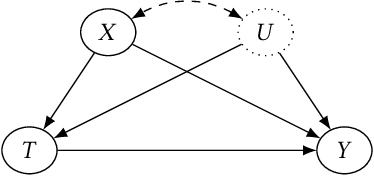

Abstract:Personalized decision making requires the knowledge of potential outcomes under different treatments, and confidence intervals about the potential outcomes further enrich this decision-making process and improve its reliability in high-stakes scenarios. Predicting potential outcomes along with its uncertainty in a counterfactual world poses the foundamental challenge in causal inference. Existing methods that construct confidence intervals for counterfactuals either rely on the assumption of strong ignorability, or need access to un-identifiable lower and upper bounds that characterize the difference between observational and interventional distributions. To overcome these limitations, we first propose a novel approach wTCP-DR based on transductive weighted conformal prediction, which provides confidence intervals for counterfactual outcomes with marginal converage guarantees, even under hidden confounding. With less restrictive assumptions, our approach requires access to a fraction of interventional data (from randomized controlled trials) to account for the covariate shift from observational distributoin to interventional distribution. Theoretical results explicitly demonstrate the conditions under which our algorithm is strictly advantageous to the naive method that only uses interventional data. After ensuring valid intervals on counterfactuals, it is straightforward to construct intervals for individual treatment effects (ITEs). We demonstrate our method across synthetic and real-world data, including recommendation systems, to verify the superiority of our methods compared against state-of-the-art baselines in terms of both coverage and efficiency
Media Bias Matters: Understanding the Impact of Politically Biased News on Vaccine Attitudes in Social Media
Mar 06, 2024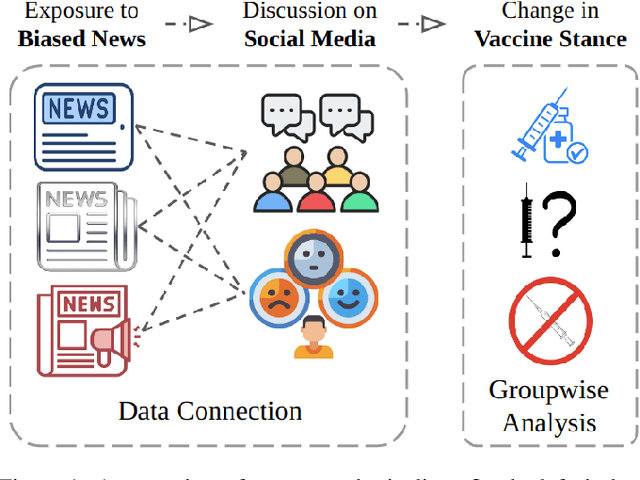
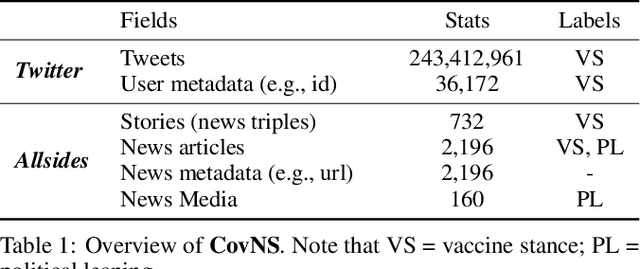
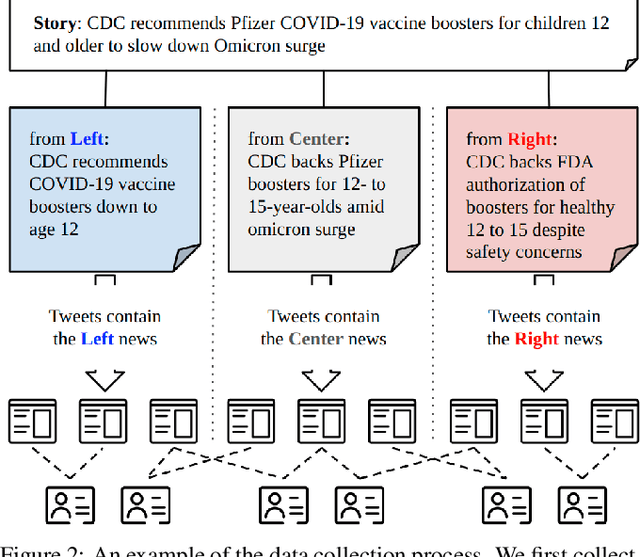
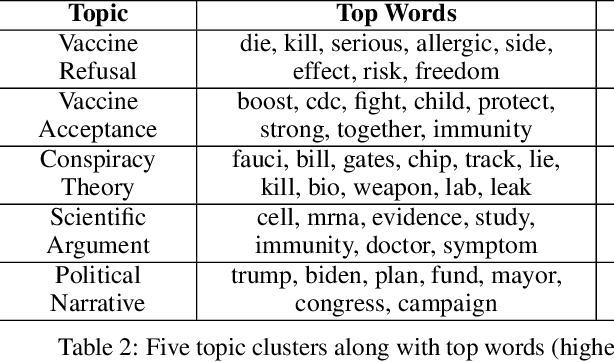
Abstract:News media has been utilized as a political tool to stray from facts, presenting biased claims without evidence. Amid the COVID-19 pandemic, politically biased news (PBN) has significantly undermined public trust in vaccines, despite strong medical evidence supporting their efficacy. In this paper, we analyze: (i) how inherent vaccine stances subtly influence individuals' selection of news sources and participation in social media discussions; and (ii) the impact of exposure to PBN on users' attitudes toward vaccines. In doing so, we first curate a comprehensive dataset that connects PBN with related social media discourse. Utilizing advanced deep learning and causal inference techniques, we reveal distinct user behaviors between social media groups with various vaccine stances. Moreover, we observe that individuals with moderate stances, particularly the vaccine-hesitant majority, are more vulnerable to the influence of PBN compared to those with extreme views. Our findings provide critical insights to foster this line of research.
Large Language Models for Data Annotation: A Survey
Feb 21, 2024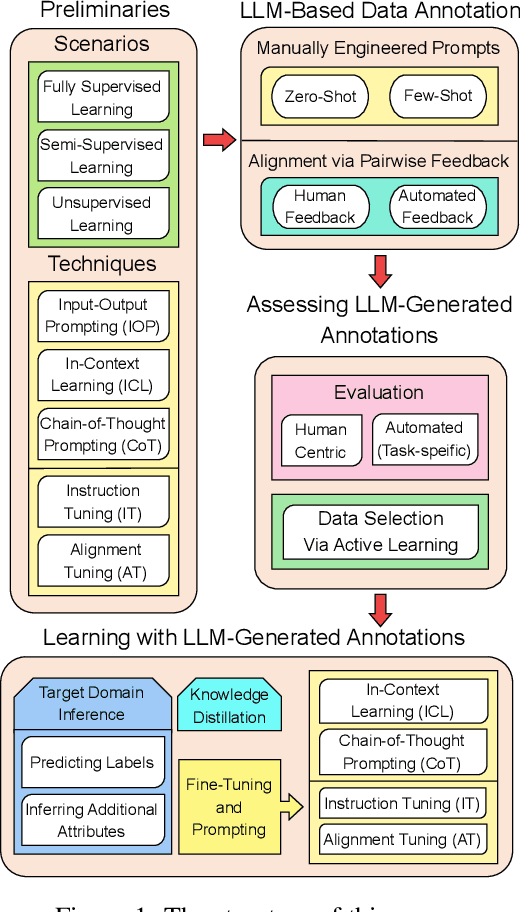
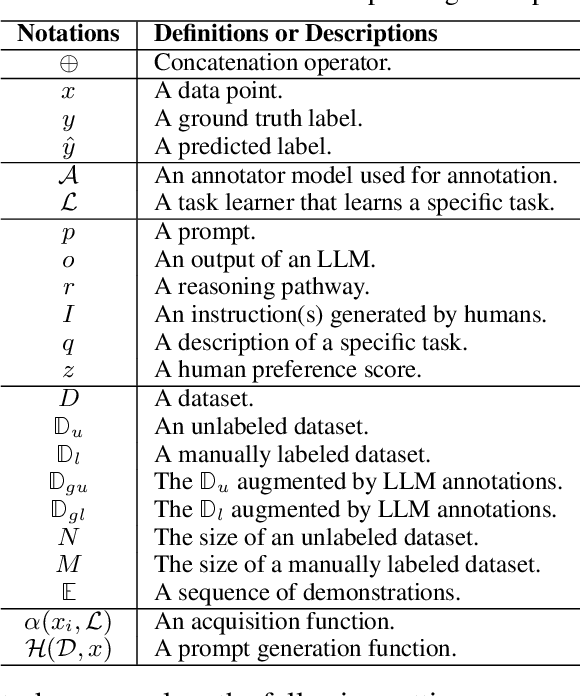
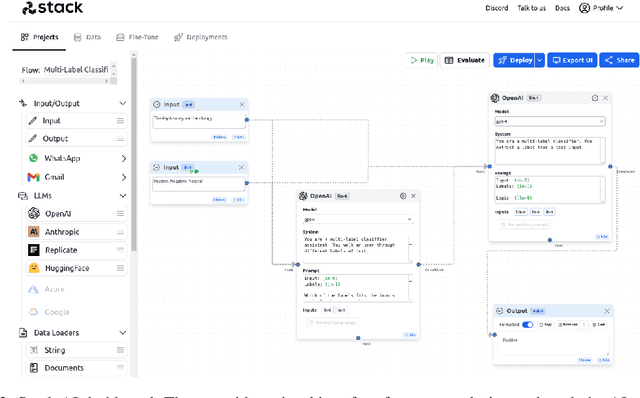
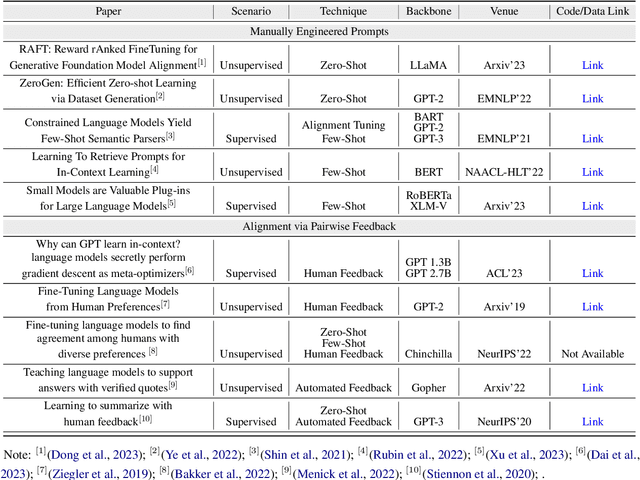
Abstract:Data annotation is the labeling or tagging of raw data with relevant information, essential for improving the efficacy of machine learning models. The process, however, is labor-intensive and expensive. The emergence of advanced Large Language Models (LLMs), exemplified by GPT-4, presents an unprecedented opportunity to revolutionize and automate the intricate process of data annotation. While existing surveys have extensively covered LLM architecture, training, and general applications, this paper uniquely focuses on their specific utility for data annotation. This survey contributes to three core aspects: LLM-Based Data Annotation, Assessing LLM-generated Annotations, and Learning with LLM-generated annotations. Furthermore, the paper includes an in-depth taxonomy of methodologies employing LLMs for data annotation, a comprehensive review of learning strategies for models incorporating LLM-generated annotations, and a detailed discussion on primary challenges and limitations associated with using LLMs for data annotation. As a key guide, this survey aims to direct researchers and practitioners in exploring the potential of the latest LLMs for data annotation, fostering future advancements in this critical domain. We provide a comprehensive papers list at \url{https://github.com/Zhen-Tan-dmml/LLM4Annotation.git}.
Adversarial Curriculum Graph Contrastive Learning with Pair-wise Augmentation
Feb 16, 2024



Abstract:Graph contrastive learning (GCL) has emerged as a pivotal technique in the domain of graph representation learning. A crucial aspect of effective GCL is the caliber of generated positive and negative samples, which is intrinsically dictated by their resemblance to the original data. Nevertheless, precise control over similarity during sample generation presents a formidable challenge, often impeding the effective discovery of representative graph patterns. To address this challenge, we propose an innovative framework: Adversarial Curriculum Graph Contrastive Learning (ACGCL), which capitalizes on the merits of pair-wise augmentation to engender graph-level positive and negative samples with controllable similarity, alongside subgraph contrastive learning to discern effective graph patterns therein. Within the ACGCL framework, we have devised a novel adversarial curriculum training methodology that facilitates progressive learning by sequentially increasing the difficulty of distinguishing the generated samples. Notably, this approach transcends the prevalent sparsity issue inherent in conventional curriculum learning strategies by adaptively concentrating on more challenging training data. Finally, a comprehensive assessment of ACGCL is conducted through extensive experiments on six well-known benchmark datasets, wherein ACGCL conspicuously surpasses a set of state-of-the-art baselines.
Confidence-aware Fine-tuning of Sequential Recommendation Systems via Conformal Prediction
Feb 14, 2024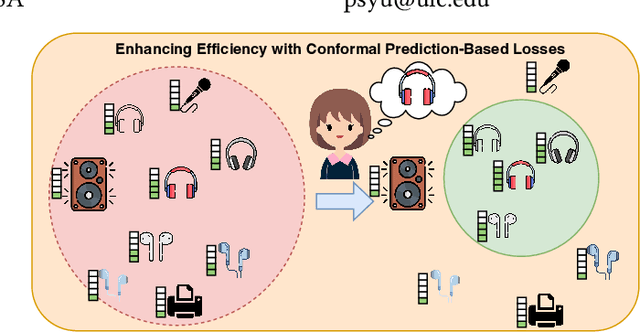



Abstract:In Sequential Recommendation Systems, Cross-Entropy (CE) loss is commonly used but fails to harness item confidence scores during training. Recognizing the critical role of confidence in aligning training objectives with evaluation metrics, we propose CPFT, a versatile framework that enhances recommendation confidence by integrating Conformal Prediction (CP)-based losses with CE loss during fine-tuning. CPFT dynamically generates a set of items with a high probability of containing the ground truth, enriching the training process by incorporating validation data without compromising its role in model selection. This innovative approach, coupled with CP-based losses, sharpens the focus on refining recommendation sets, thereby elevating the confidence in potential item predictions. By fine-tuning item confidence through CP-based losses, CPFT significantly enhances model performance, leading to more precise and trustworthy recommendations that increase user trust and satisfaction. Our extensive evaluation across five diverse datasets and four distinct sequential models confirms CPFT's substantial impact on improving recommendation quality through strategic confidence optimization. Access to the framework's code will be provided following the acceptance of the paper.
 Add to Chrome
Add to Chrome Add to Firefox
Add to Firefox Add to Edge
Add to Edge